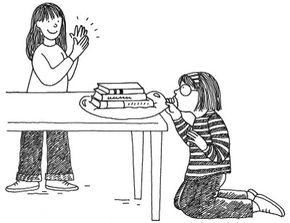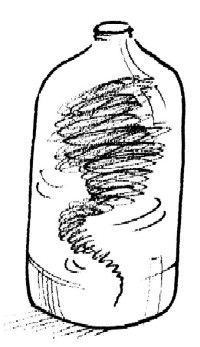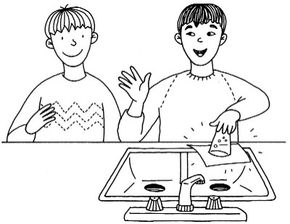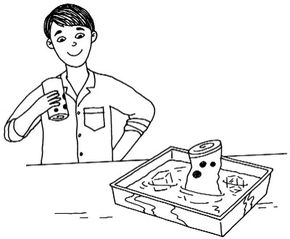There's air all around you -- but how much do you really know about it? Learn more with science projects for kids: air pressure.
When you think of air, you might think of emptiness, but air is actually exerting a force -- or pushing -- on everything, all the time.
Advertisement
This invisible force is called air pressure, and you can demonstrate it with a simple science projects for kids.
Follow the links below to learn how to perform your own science projects for kids involving air pressure:
Your books will blast off from the force of your breath. Learn more here.
Capture a tornado in a bottle with this science project.
Turn this glass upside down, and the water stays put! Find out why.
Call on an invisible force to crush a can with this project.
Keep reading for a science project that will show you the power of a little compressed air.
For more fun science projects, check out:
Advertisement



